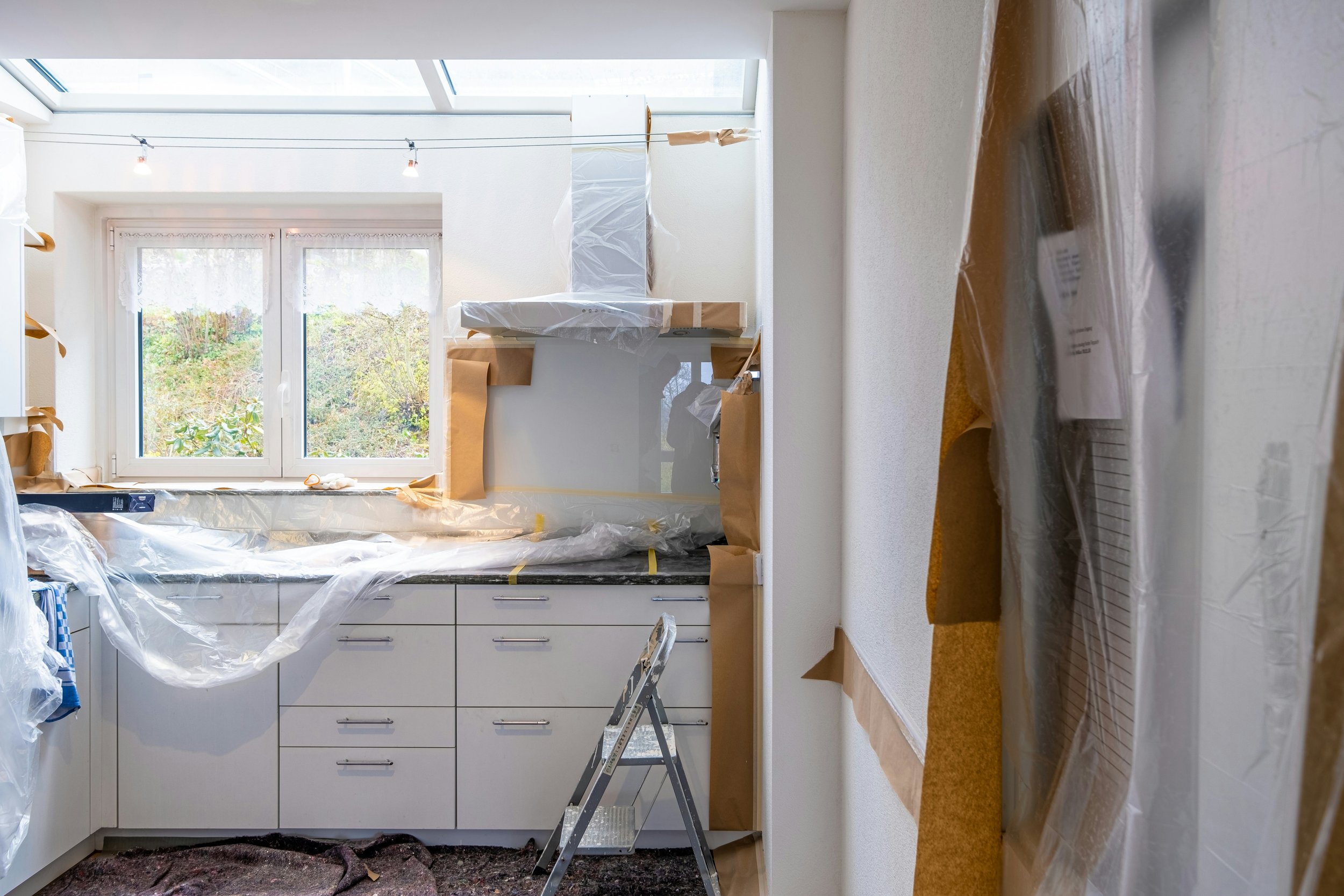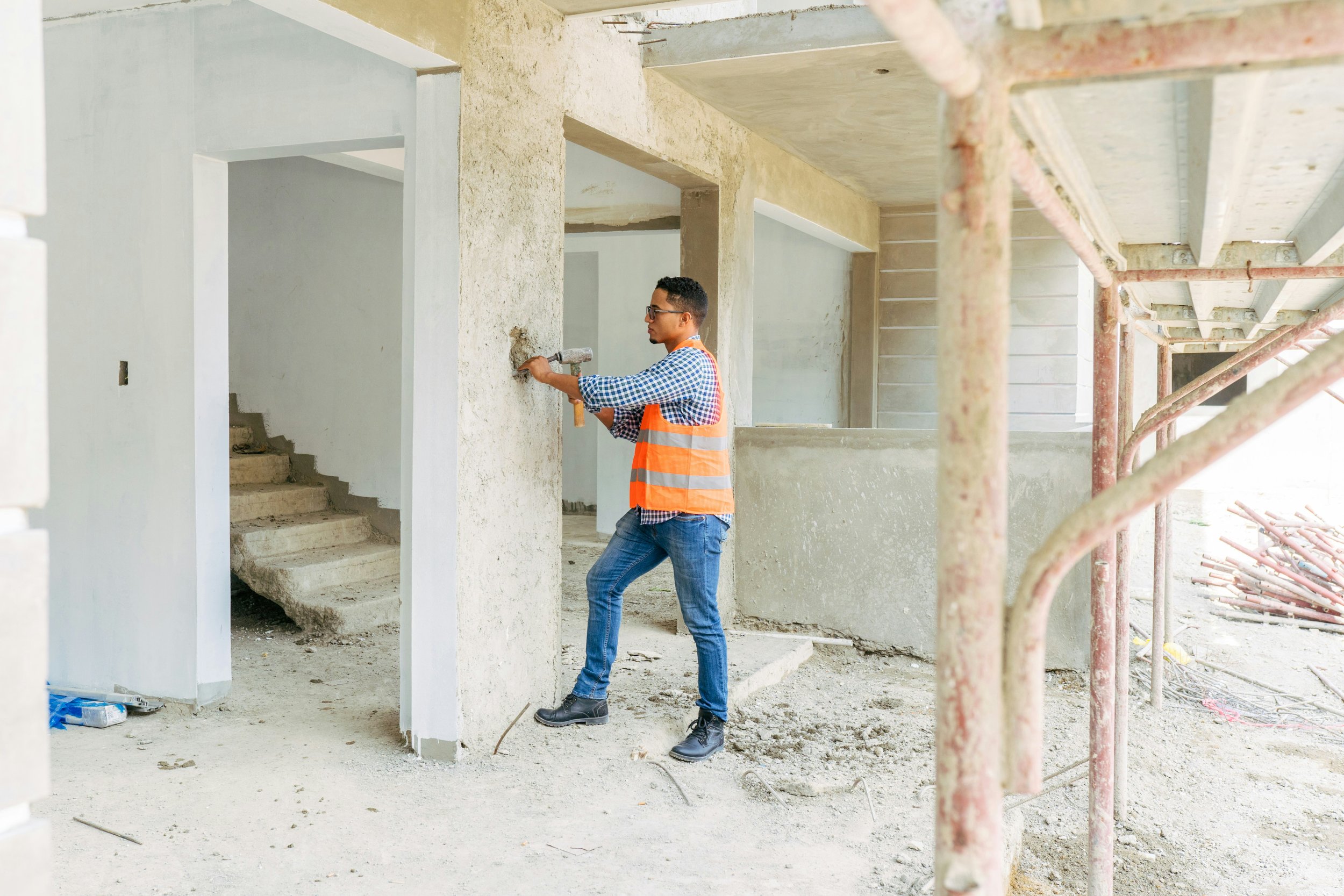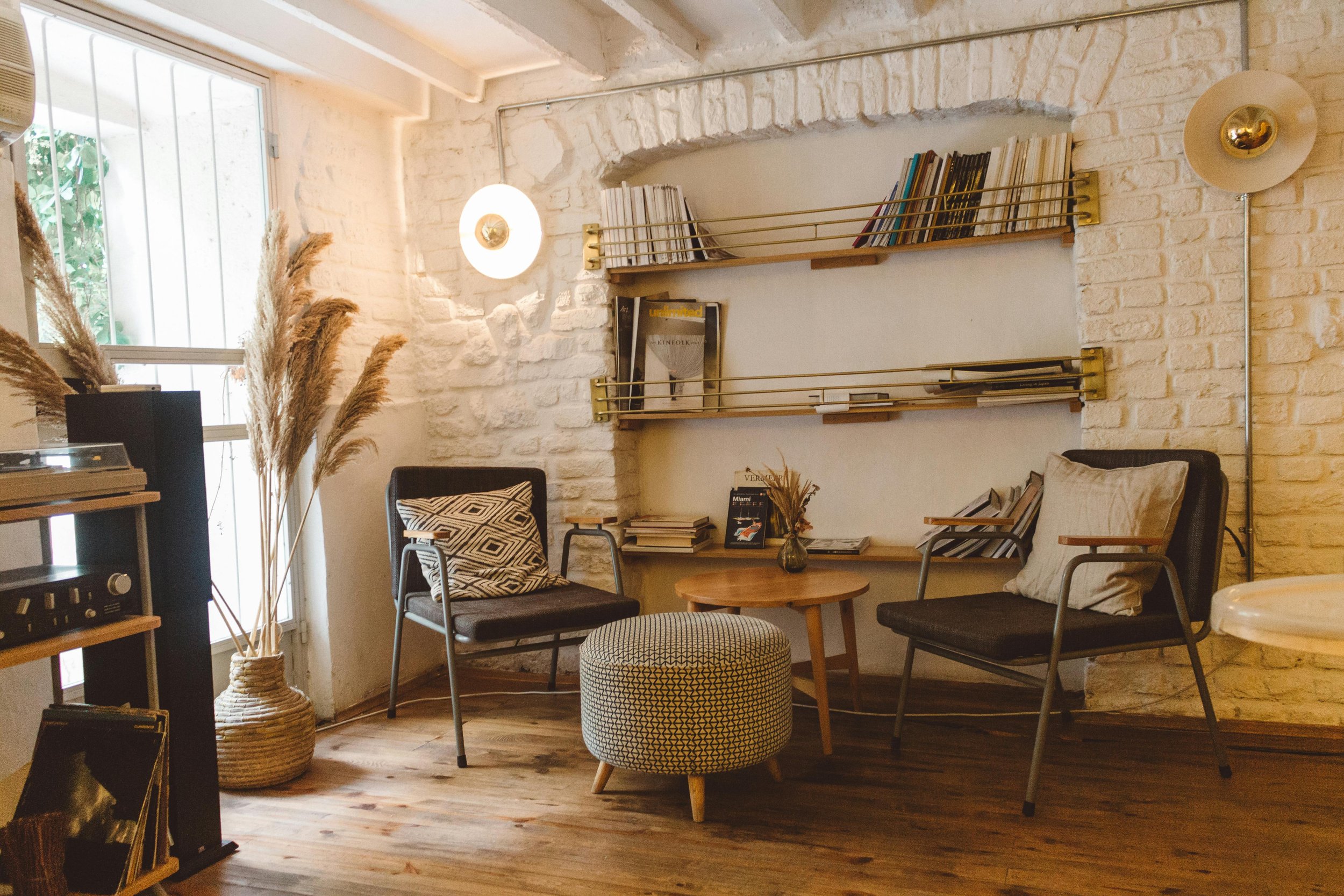Due Diligence in Renovation and Restoration Projects in Ireland
Learn about the importance of due diligence in renovation and restoration projects in Ireland. Discover key steps to ensure successful and compliant upgrades for your property.
Renovating and restoring historic buildings in Ireland presents unique challenges that require meticulous planning and specialized knowledge. The importance of due diligence in these projects cannot be overstated, especially when dealing with structures that have stood the test of time. This article delves into the essential aspects of due diligence specific to renovation and restoration projects in Ireland, highlighting the critical role played by due diligence consultants for construction.
Understanding the Historical Context
Before any restoration or renovation begins, it is crucial to understand the historical significance of the building. Ireland is rich in heritage, with structures dating back centuries. Each building has its own story, and preserving its historical integrity is paramount. Due diligence involves thorough research into the building's past, including its architectural style, original materials, and any previous alterations.
Assessing Structural Integrity
One of the first steps in due diligence for renovation is assessing the structural integrity of the building. Historic buildings often suffer from wear and tear, and hidden structural issues can pose significant risks. A detailed structural survey is essential to identify any weaknesses or damage that may need addressing. This survey should be conducted by experienced professionals who specialize in historic buildings.
Legal and Regulatory Considerations
Renovation and restoration projects in Ireland must comply with a variety of legal and regulatory requirements. This includes obtaining the necessary permits and ensuring that the work adheres to local building codes and conservation guidelines. Due diligence consultants for construction play a crucial role in navigating these regulatory landscapes, ensuring that all legal aspects are covered to avoid any potential setbacks.
Environmental Impact Assessment
Understanding the environmental impact of renovation and restoration projects is another critical component of due diligence. Historic buildings often contain materials that may be hazardous, such as asbestos or lead paint. An environmental impact assessment helps identify these risks and develop a plan for safe removal and disposal. Additionally, sustainability considerations, such as energy efficiency and the use of eco-friendly materials, should be integrated into the project plan.
Financial Planning and Budgeting
Accurate financial planning is essential to the success of any renovation or restoration project. Historic buildings can present unexpected challenges that can drive up costs. Due diligence involves creating a comprehensive budget that accounts for potential contingencies. This includes detailed cost estimates for materials, labor, and any necessary restoration work to preserve historical elements.
Selecting Skilled Craftsmen and Contractors
The quality of workmanship is crucial in renovation and restoration projects, particularly for historic buildings. Selecting skilled craftsmen and contractors who have experience with similar projects is a key aspect of due diligence. These professionals should be familiar with traditional building techniques and materials to ensure that the restoration is both authentic and durable.
Managing Risk and Insurance
Renovation and restoration projects inherently carry risks, from structural failures to unforeseen delays. Due diligence involves identifying these risks and implementing strategies to mitigate them. Obtaining adequate insurance coverage is also vital to protect against potential liabilities and financial losses. This includes coverage for the building itself, as well as any artifacts or historical elements within it.
Community Engagement and Stakeholder Communication
Engaging with the local community and other stakeholders is an often overlooked but essential part of due diligence. Historic buildings are often beloved landmarks, and restoration projects can impact the community. Open communication with stakeholders, including local authorities, heritage organizations, and residents, helps build support for the project and ensures that any concerns are addressed early on.
Documentation and Record-Keeping
Maintaining thorough documentation throughout the renovation or restoration project is critical. This includes records of all due diligence activities, such as structural assessments, legal permits, environmental impact reports, and financial statements. Proper documentation not only ensures compliance with regulations but also provides a valuable resource for future maintenance and preservation efforts.
Conclusion
Due diligence in renovation and restoration projects is a multifaceted process that demands attention to detail and specialized expertise. By understanding the historical context, assessing structural integrity, navigating legal requirements, evaluating environmental impacts, planning finances, selecting skilled professionals, managing risks, engaging stakeholders, and maintaining meticulous records, project managers can ensure the successful preservation of Ireland's historic buildings for future generations.
















